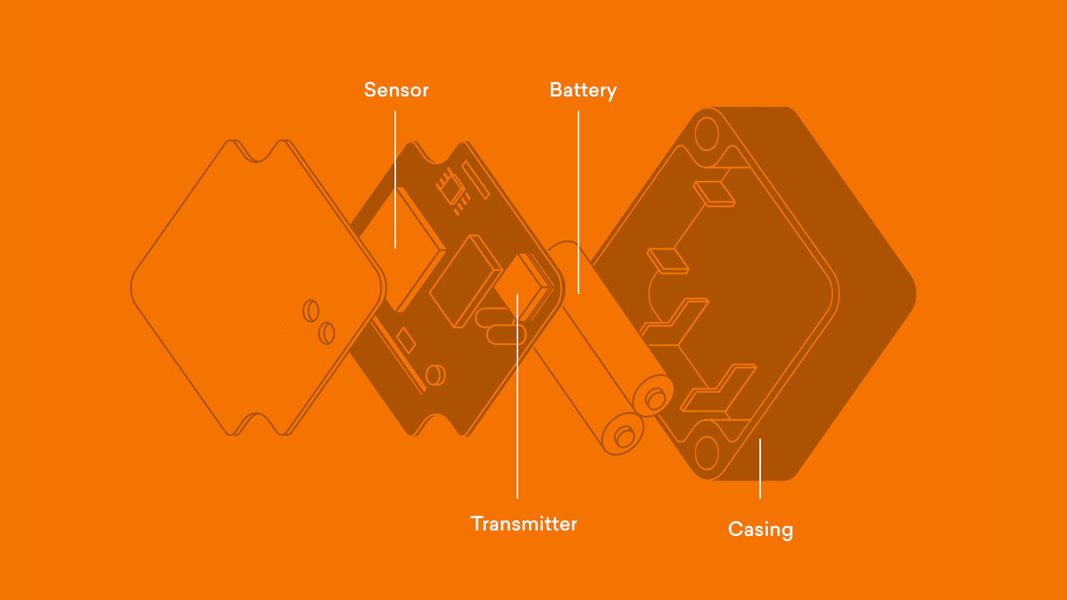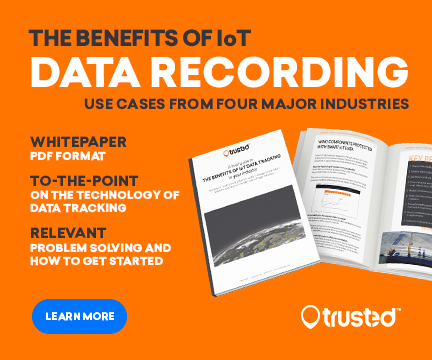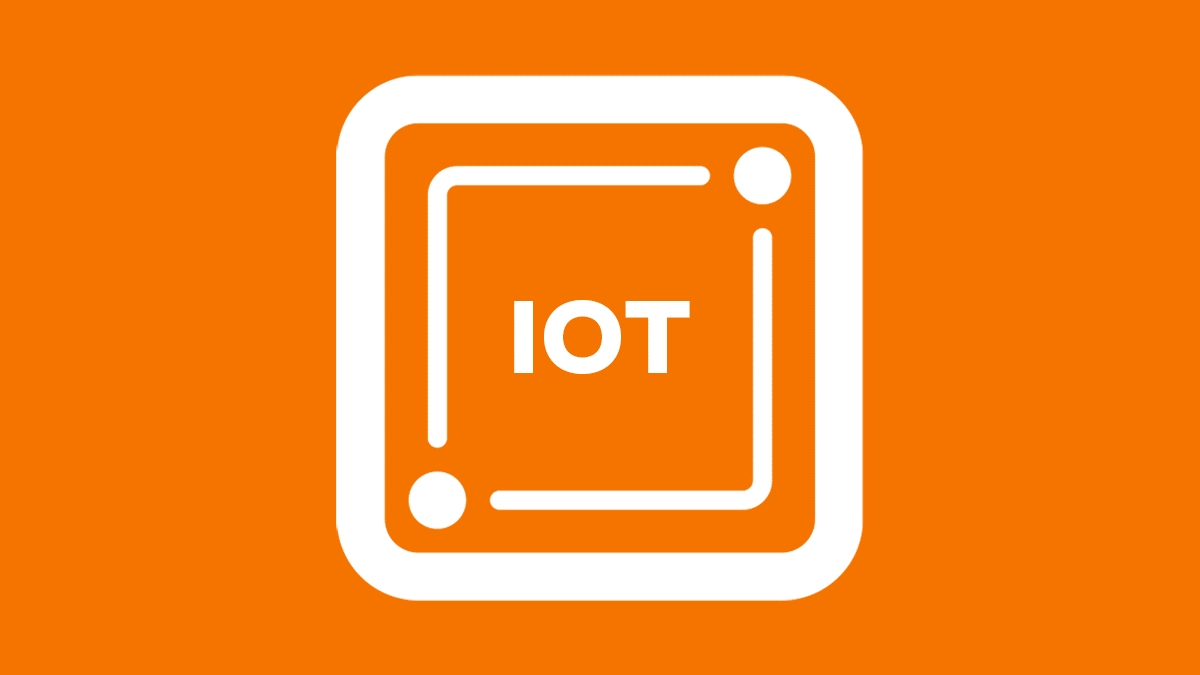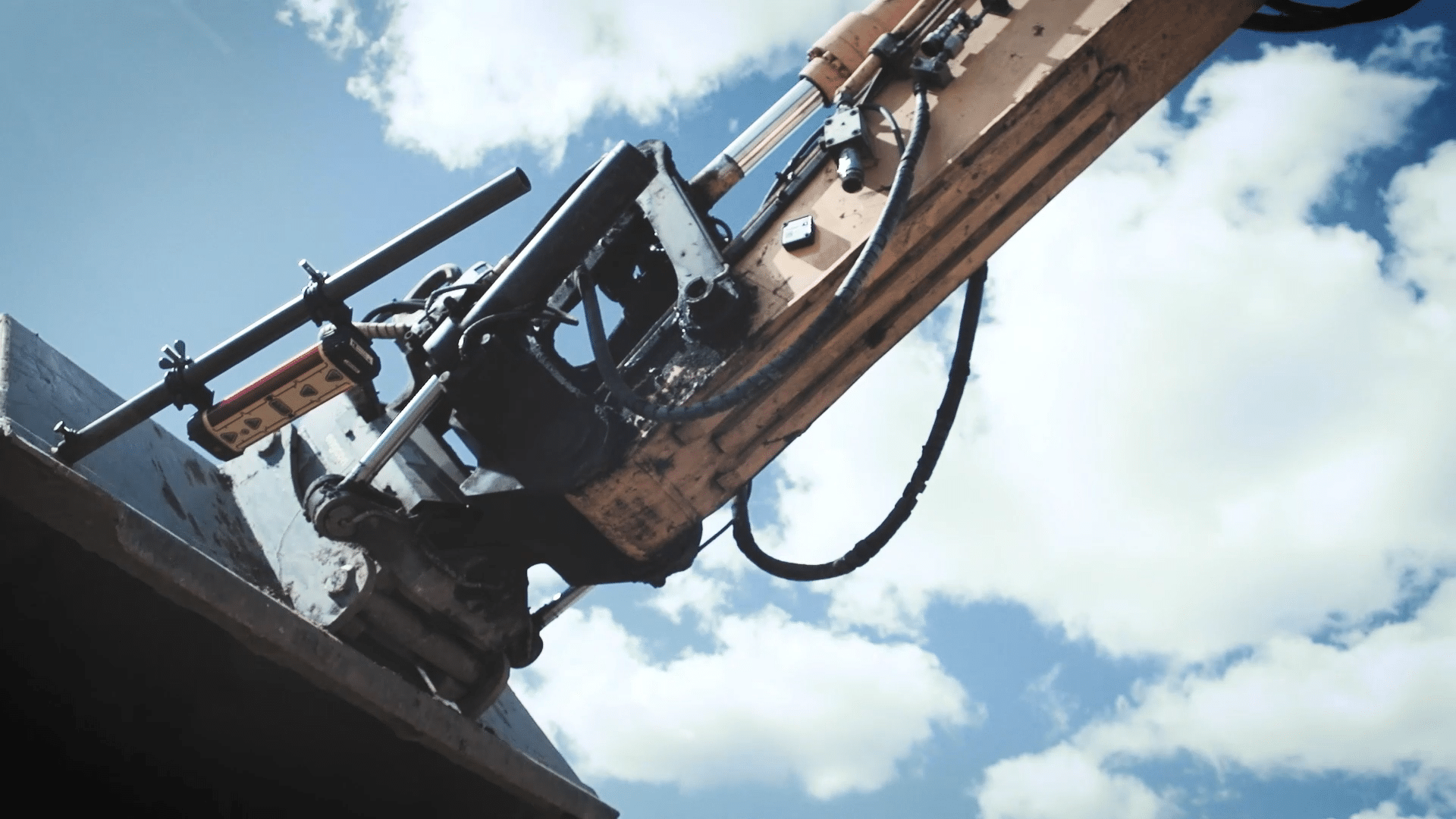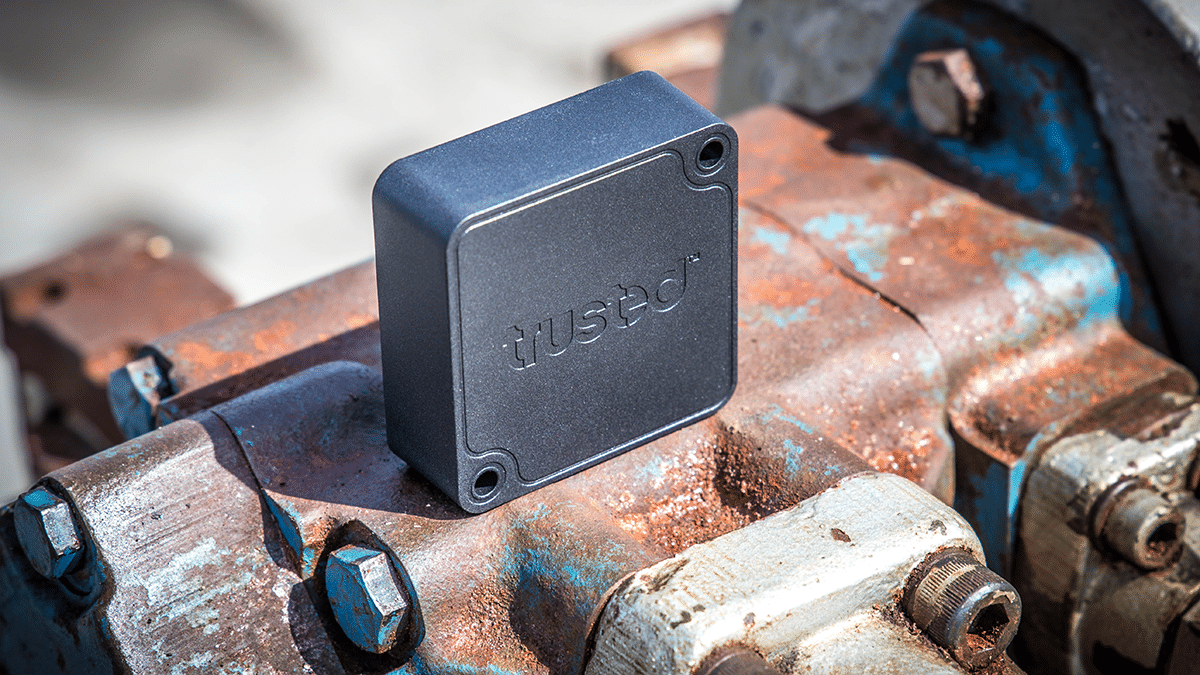Data loggers, also often referred to as tracking devices, are becoming more and more popular in the construction industry.
Equipment manufacturers are incorporating data loggers into their products to collect data on running hours. Others use data loggers for predictive maintenance, automatic service alarms based on usage and for theft protection.
But how do data loggers work and exactly what do you use them for?
How does a data logger work?
A data logger works by recording information from sensors that are built into its hardware. The sensors measure different parameters such as GPS position, motion, temperature, shock impact and more.
Precisely which sensors a data logger includes depends on the producer – as do the possibilities you have to configure the various sensors to your needs.
You can read more about the sensors an IoT data logger can contain in the guide Data Loggers for Industry.
Why are logs important and what do they contain?
Without logging capabilities, an IoT tracking device would be able to tell you about the condition of your assets much like an IoT data logger. However, this data would always be restricted to the sensor data recorded at the time of the transmission.
With IoT data loggers, your data will be collected over a longer period and sent in one transmission. This means that you are able to receive data from a whole workday – including the data from in-between transmissions.
Logs can contain all types of data: position, date, time, and inputs from the sensors. This means that data loggers are perfect for collecting data to reveal the actual working hours of tools and machinery. They are tailormade to provide data for compliance reports to prove safe handling of cargo.
And with IoT data loggers, everything is sent over the internet without needing to locate and retrieve data from devices manually.
No problem if the internet connection is lost
In the case of loss of network connection, the IoT data logger will store the data from its sensors and transmit this data to the server on the first scheduled time of transmission after the connection is re-obtained.
With network connection throughout the day, the IoT data loggers can also be configured to trigger a transmission in the case of any critical events you need to react to in real-time. In this way, you can make sure that you always stay in the loop with your assets.
As you can see, transmitting data through IoT technology is the key component that makes data loggers relevant across industries. You can read much more about IoT – the Internet of Things – and the different network technologies here.
Data loggers offer a whole new way of thinking about your assets
Different data loggers are made for different tasks or industries.
When it comes to the most robust, battery-powered IoT data loggers, which can be attached to almost anything and transmit from almost anywhere, the use cases are practically endless.
This opens up a new way of thinking about the usage of your equipment and machinery.
- Actual usage of vehicles or industry tools moving from one place to another is now possible. This opens up for intelligent predictive maintenance or precise reports on running hours of actual usage.
- Managers can control and keep overview of cargo or entire supply chains based on position or reports on incidents throughout transport.
- Companies that lease assets can now control how assets are handled or when they are used to ensure correct invoicing.
- A data logger is also one of the most relevant tools to minimize the risk of theft because of the high rates of recovering stolen items.
If you are interested in more use cases, read our full guide on data loggers for industry.
By placing data loggers – or tracking devices as they are more widely known – on your machines, trailers, or non-powered equipment, you get all kinds of data from these assets.
Data will be sent to an online data portal, where you can log in, see maps, graphs and get PDF reports.
There are many use cases that are straightforward and will offer instant return on investment.
